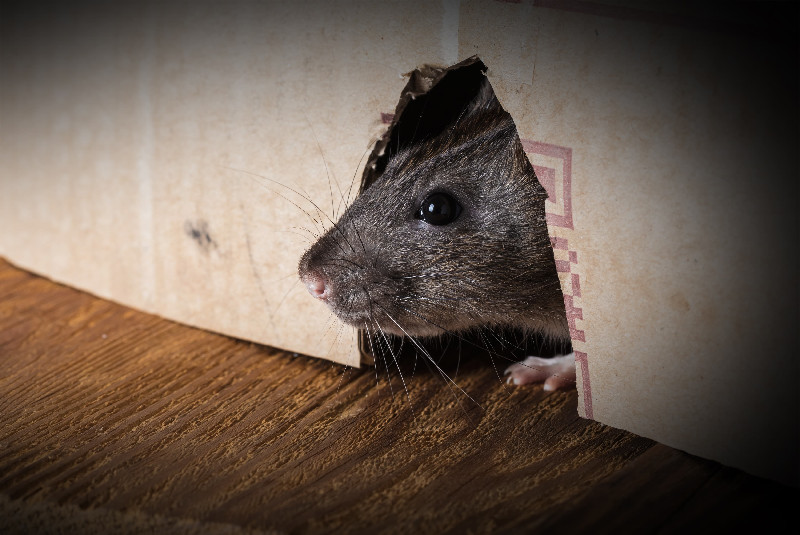Rats’ resourcefulness and adaptability have garnered them a reputation as adept home and structure invaders. One of their primary methods of entry is through rat holes, which are the openings they construct to penetrate buildings and build nests. Homeowners seeking to fortify their properties against these persistent vermin must have a thorough understanding of the dimensions and characteristics of these entry points.
Size and Characteristics of Rat Holes:
rodent holes, also known as burrows or entry points, vary in size and shape based on variables such as the rodent species and the surrounding environment. In general, rat holes are larger than those of other rodents, allowing them to pass through a variety of apertures. The diameter of a rat hole is typically between 2 and 4 inches, but can vary depending on factors such as the age and size of the rodent, as well as the availability of food and shelter.
These holes serve as entrances to the subterranean tunnel networks of rats, where they build nests and construct routes to food sources. Rat tunnels can be found along foundations, in wall gaps, under porches, and even in attics and crawl spaces. Others may be concealed behind vegetation, detritus, or other objects.
Signs of Rat Invasion:
Identification of rodent entry points is crucial for effective pest management and prevention. Common symptoms of rat infestation include:
Rats use their powerful canines to gnaw through a variety of materials, including wood, plastic, and even metal. Near potential entry points, look for traces of gnawing.
When rats excavate their burrows, they displace soil and detritus, which can be observed around the entrance.
Grease markings: As rats squeeze through openings, the oils on their fur can leave visible grease markings along entry points.
Rat droppings close potential points of entry may indicate the presence of rats on your property.
Stopping Rat Entry:
It is essential to take preventative measures to deter rats from entering your residence in order to maintain a rat-free environment. Consider the following effective strategies:
Inspect the exterior of your home for crevices, fissures, and openings that rats could use to gain access to your property. These entrance points should be sealed with materials such as steel wool, caulk, or hardware cloth.
Rats can use overhanging branches and shrubs as entryways to your residence if you do not prune them. Keep vegetation trimmed and away from the foundation.
Rats are attracted to readily accessible food sources, such as trash and food. Keep garbage in airtight containers and avoid leaving pet food outside.
Maintain Cleanliness: Rats are less likely to be attracted to a clean environment. Maintain a clutter- and debris-free property.
Consider employing a pest control professional to conduct a comprehensive inspection of your property. They are able to identify potential entry points and devise a tailored prevention strategy.
In conclusion, the size of rat holes significantly affects how these rodents obtain access to homes and buildings. By understanding the characteristics of rat entry points and remaining vigilant for indicators of rat activity, homeowners can take preventative measures to seal off these openings and make their environment less hospitable to rats. The combination of preventive measures, routine maintenance, and professional assistance can protect your property from rodent infestations and the problems they cause.
Leave it up to the exterminators of Rat Control Bowmanville to handle your business for visible results. Our rat removal services are backed up with a 6-month service warranty.

